Global survey shows businesses face rising challenges with managing data security, compliance and lack of user awareness
CALGARY, AB – JUNE 13, 2011 – Check Point® Software Technologies Ltd. (Nasdaq: CHKP), the worldwide leader in securing the Internet, and the Ponemon Institute, a leading privacy and information management research firm, recently revealed that 77 per cent of organizations surveyed have experienced data loss in the last year. Key findings from the report, Understanding Security Complexity in 21st Century IT Environments, show respondents cited customer information (52%) as the most common type of information compromised – in addition to intellectual property (33%), employee information (31%) and corporate plans (16%). With the adoption of Web 2.0 applications and more mobile devices connecting to the network, organizations are challenged with enforcing better data security and IT Governance, Risk and Compliance (GRC) requirements.
According to the survey of over 2,400 IT security administrators, the primary cause for data loss resulted from lost or stolen equipment, followed by network attacks, insecure mobile devices, Web 2.0 and file-sharing applications and accidentally sending emails to the wrong recipient. In addition, approximately 49 per cent of all respondents believe their employees have little or no awareness about data security, compliance and policies – encouraging business to integrate more user awareness into their data protection strategies, as people are often the first line of defense.
“We understand that data security and compliance are often at the top of the CISO’s list. However, if you look at the drivers for data loss, the majority of incidents are unintentional,” said Paul Comessotti, Check Point’s Canadian Regional Director. “In order to move data loss from detection to prevention, businesses should consider integrating more user awareness and establish the appropriate processes to gain more visibility and control of information assets.”
With Data Loss Prevention (DLP) as a top information security challenge, it’s important for businesses to understand the key issues driving data loss and establish a set of security best practices to prevent a breach, for example:
- Understand the Organization’s Data Security Needs – Have a clear view and record of the types of sensitive data that exist within the organization, as well as which types of data are subject to government or industry-related compliance standards.
- Classify Sensitive Data – Begin by creating a list of sensitive data types in the organization and designating the level of sensitivity. Consider establishing a set of document templates to classify data by Public, Restricted or Highly Confidential – creating more end user awareness about corporate policies and what constitutes sensitive information.
- Align Security Policies with Business Needs – An organization’s security strategy should protect the company’s information assets, without inhibiting the end user. Start by defining company policies in simple business terms that are aligned with individual employee, group or organization’s business needs. Identity awareness solutions can provide companies with more visibility of their users and IT environment, in order to better enforce corporate policy.
- Secure Data Throughout Its Lifecycle – Businesses should consider implementing data security solutions that secure their sensitive data in multiple forms – correlating users, data types and processes – and protect it throughout its lifecycle: data-at-rest, data-in-motion, and data-in-use.
- Eliminate the Compliance Burden – Evaluate government and industry-driven compliance mandates and how they impact an organization’s security and business flow. Consider implementing solutions with best practice policies customized to meet specific regulations, including HIPAA, PCI DSS and Sarbanes Oxley, for fast prevention on day one. Best practice policies also enable IT teams to focus on proactively protecting data beyond what’s required.
- Emphasize User Awareness and Engagement – Involve the user in the security decision process. Technology can help educate users about corporate policies and empower them to remediate security incidents in real-time. Combining technology and user awareness sensitizes employees to risky behaviour through self-learning techniques.
“With hundreds of data loss incidents every year – both reported and unreported – it’s no surprise the issues with governance, risk and compliance are being magnified,” said Dr. Larry Ponemon, chairman and founder, Ponemon Institute. “Data security in a modern day world means more than deploying a set of technologies to overcome these challenges. In fact, the lack of employee awareness is a primary cause in data loss incidents and is encouraging more businesses to educate their users about corporate policies in place.”
The Check Point DLP Software Blade is based on the company’s Software Blade Architecture™. With a unique combination of technology and user awareness, Check Point helps businesses pre-emptively protect sensitive information from unintentional loss. With its unique UserCheck™ technology, Check Point DLP goes beyond technology to educate users on proper data handling policies and empowering them to remediate incidents in real-time.
The survey, Understanding Security Complexity in 21st Century IT Environments was independently conducted by the Ponemon Institute in February 2011, surveying IT security administrators located in the U.S., U.K. France, Germany and Japan. The survey sample represents organizations of all sizes and across 14 different industries. For more information about Check Point DLP or access to the full report, visit: http://www.checkpoint.com/products/dlp-software-blade/index.html.
“At Check Point, we look at data loss prevention as a strategy, not a science – and we are committed to ensuring our customers have the tools and protection needed to prevent and remediate breaches, before they occur,” added Comessotti.


